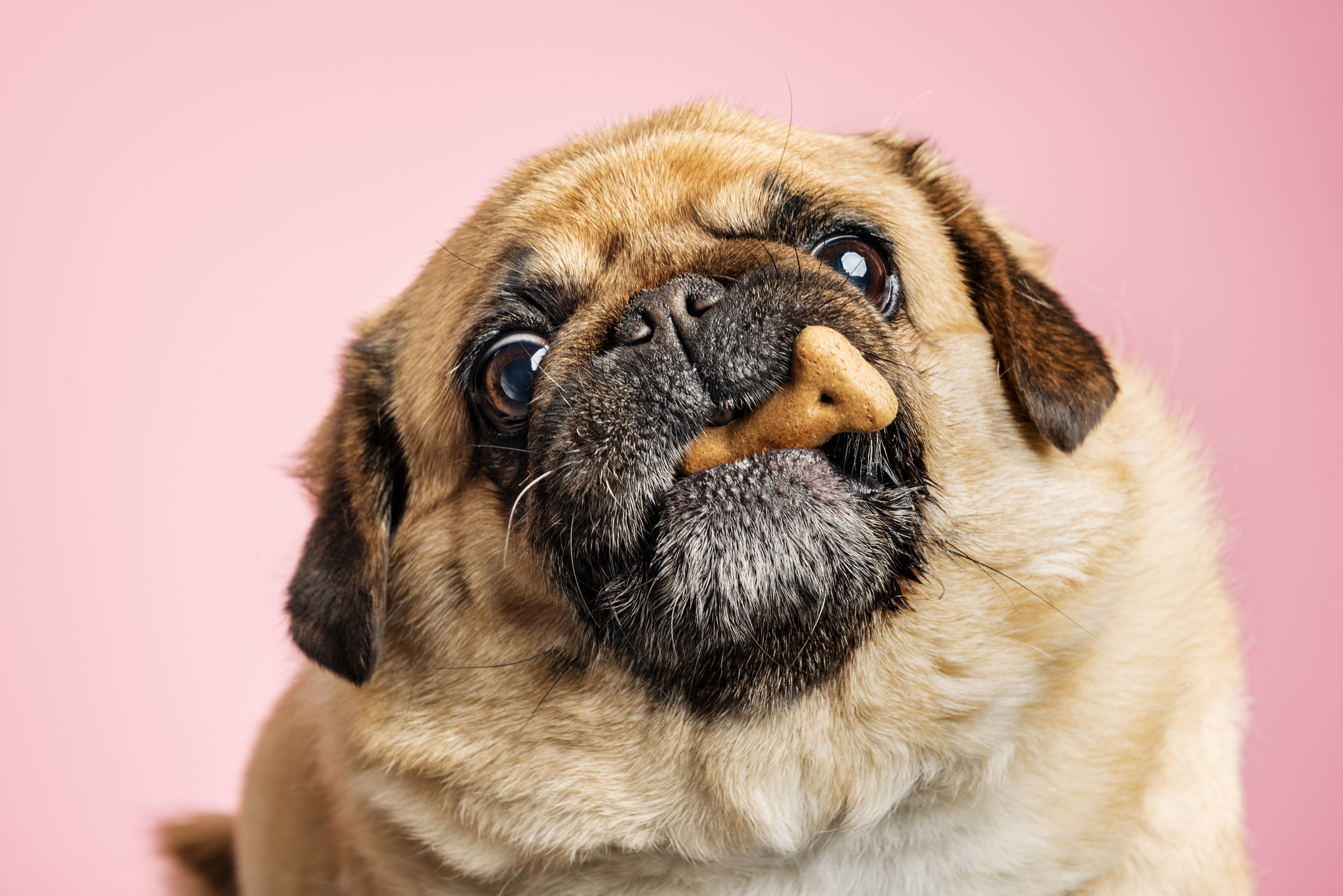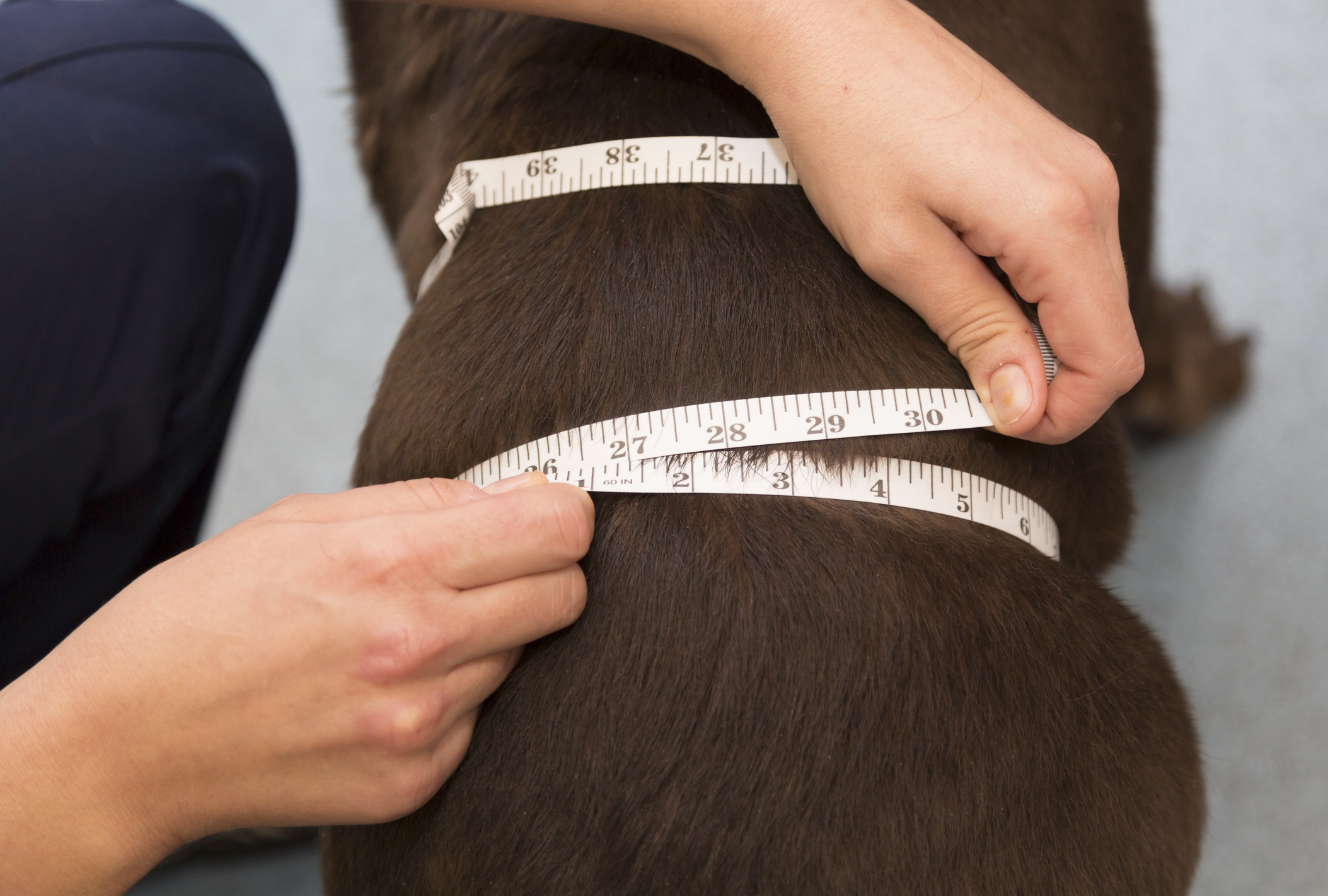
5 Dangers of Obesity in Dogs
When your dog gives you their puppy-dog eyes and whines when their food bowl is empty or they want a snack off your dinner plate, it can be difficult to resist giving in. Unfortunately, when giving your dog more food than they need becomes commonplace, they’re likely to gain a lot of extra weight and become obese.
As cute as a round tummy might look on a dog, excessive weight gain can be quite dangerous for our furry friends’ health. There are many health dangers associated with obesity in dogs—most of which can affect your pup for their entire life.

- Diabetes: One of the most common health problems in overweight dogs is diabetes Obesity is a major risk factor for diabetes because it causes your dog’s body to be insulin deficient. Without enough insulin throughout the body, your dog will not be able to process energy, and their blood sugar levels will remain high. Untreated diabetes can lead to many secondary health problems, including an increased risk of infections, pancreatitis, kidney disease and high blood pressure.
- Arthritis: The more weight your dog puts on, the more pressure is put on their bones and joints over time. Excessive weight on the joints can put dogs at a more severe risk for developing arthritis, where the cushioning cartilage between the joints breaks down and causes inflammation and pain. Not only that, but the earlier a dog develops arthritis, the longer they will have to live with joint stiffness and discomfort. All dogs with arthritis are encouraged to lose weight to relieve some of the pressure put on the joints. By preventing obesity in your pup, you can reduce the condition’s severity.
- Hypertension: Obesity can lead dogs to develop high blood pressure, or hypertension. When blood pressure increases, the heart must pump even harder than before to circulate blood throughout the body. Not only can this damage the blood vessels, but it can also lead to damage of the heart tissues. Over time, your dog may succumb to a condition like congestive heart failure.
- Trouble breathing: If your overweight dog develops a pad of fat near their chest or abdomen, their lungs may not be able to expand as much as they should, and the diaphragm may have limited space, as well. This means that your dog may not be able to inhale as deeply, potentially limiting their oxygen intake and making it more difficult to breathe. This can cause challenges during exercise—making it harder for them to move for prolonged periods of time—and may contribute to fatigue. Breathing troubles could also pose a threat if your dog experiences respiratory symptoms due to allergies or an infection.
- Increased risk of tumor growth: Although the reasoning is not completely understood, experts believe that obese pets are more likely to develop dog cancer as they age. Obese dogs may experience benign or malignant tumor growth on the skin and mammary glands, among other forms of cancer.
Studies show that obese dogs tend to have shorter lifespans—taking an average of two years off of your pup’s happy life. This is largely because of the increased risk of health problems associated with obesity.
Fortunately, keeping your dog slim is not difficult. One of the most important things you can do is take your pet in for an annual checkup with your veterinarian. They will weigh your dog and examine their body to ensure they are not gaining too much weight. If your pup is beginning to gain more than they should, your vet can provide specific recommendations such as dietary changes, alterations to calorie count and exercise programs.
At home, you’ll want to make sure you’re feeding your dog nutritious food without filler products—and that you’re feeding an appropriate amount. Many pet parents forget to factor in treats to their dog’s daily diet, which causes them to overfeed and accidentally lead to weight gain.

Finally, you want to be sure you and your pup are maintaining a physical exercise regimen. If your dog is already overweight, they may not be willing or able to do lots of physical activity each day, so you’ll want to start slow and encourage your dog to stay active.
Eventually, your dog should go on a daily walk or run and have other opportunities to be active throughout the day to burn calories and maintain a healthy weight. There are tons of fun activities you can do with your dog, so try switching things up while you work on helping your pup shed some extra pounds.


